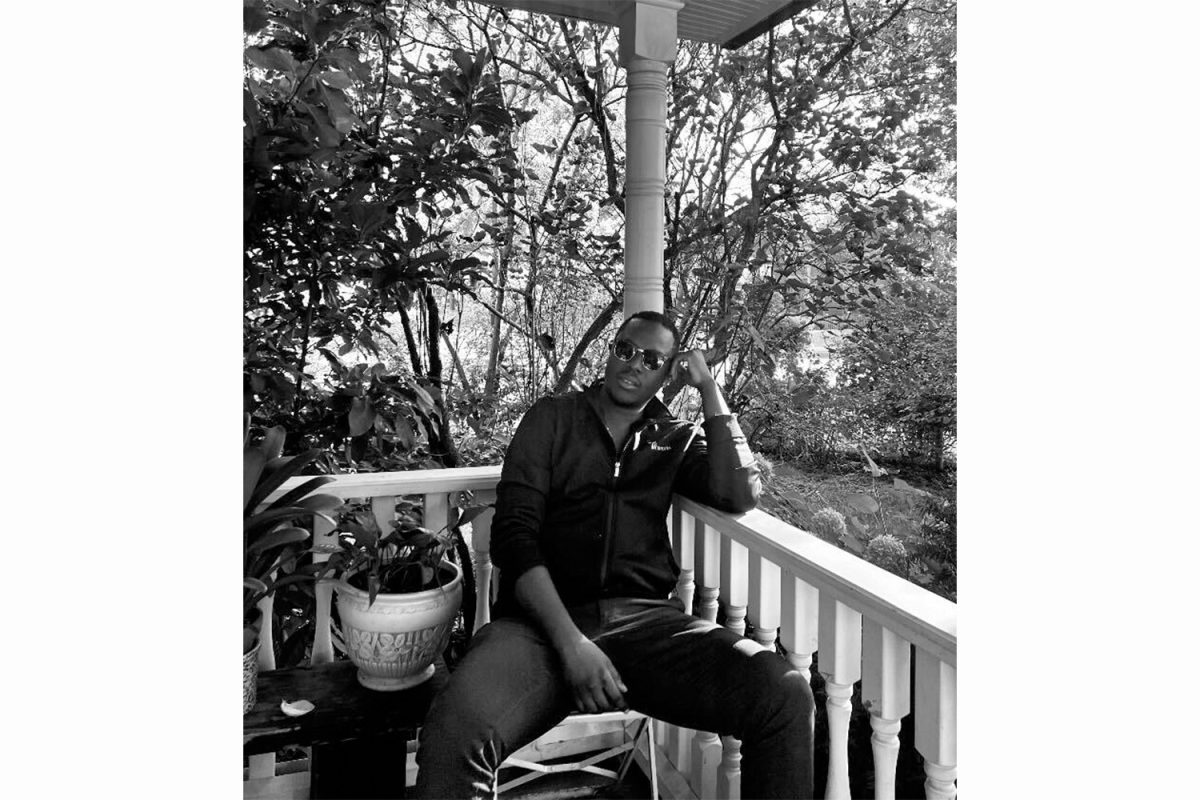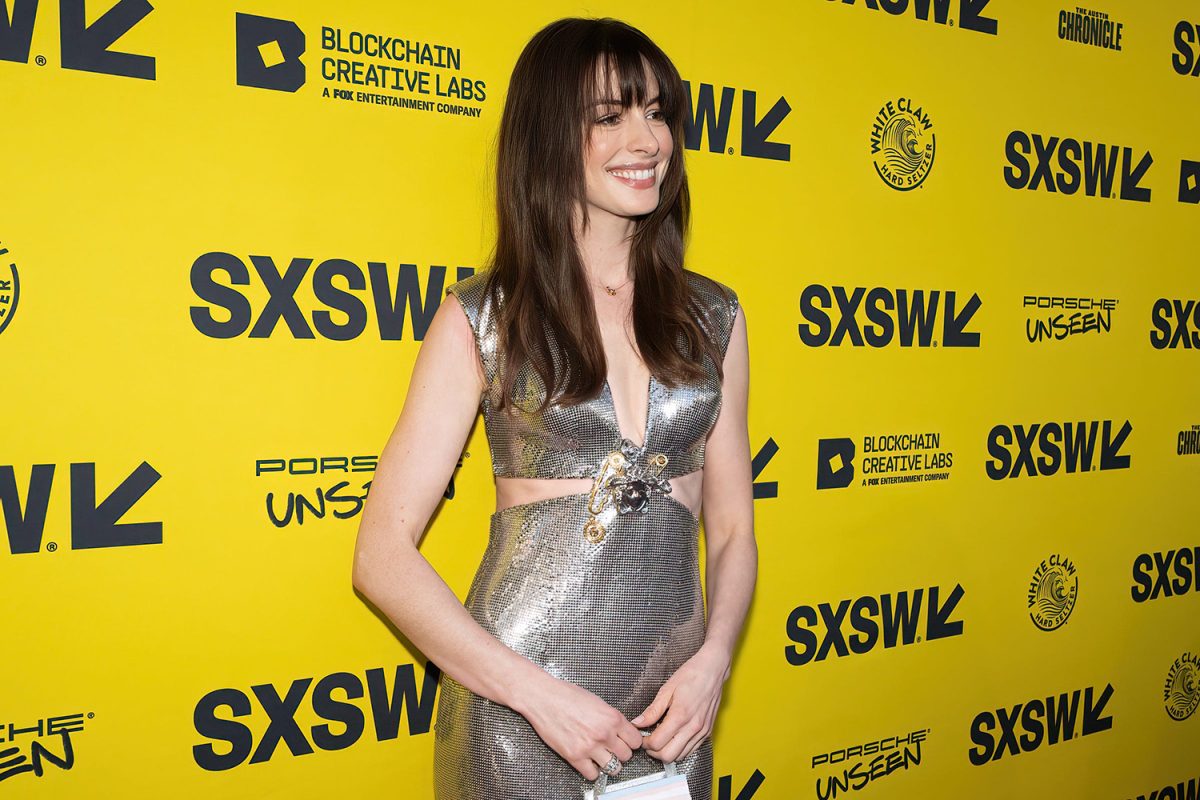Most Hawkeye fans know the famous photo of Nile Kinnick as he gets set to pass. Not so well-known is the man behind the camera who captured that moment, Fred Kent.
In honor of his contributions to the community, a collection of work is on exhibit at the Old Capitol Museum. UI Through the Lens of Fred W. Kent will run for free during the museum’s regular hours through Aug. 1.
Byron Preston, a specialist at the museum who contributed to the exhibit, called it “playfully eclectic” and said the display is easy on the mind and fun to look at.
Frederick Wallace Kent (Feb. 3, 1894-July 17, 1984) was a photographer whose work captures the culture of the UI campus and of Iowa City. With a collection of 50,000 prints and negatives, the Old Capitol Museum staff had many options for display.
“[We] picked a category of little-known views of the campus and things that aren’t there anymore,” Preston said.
Kent worked as a lecturer and instructor at the UI in the 1920s. He also acted as the consulting photographer at the university from 1936 until 1947, and he founded the University Photo Service, which he managed from 1947 through 1963. Captured in black and white, with cars, clothes, and hairdos of the times, the images he took of Homecoming parades in the early decades of the 1900s oddly parallel the ones he shot in his final days in the 1980s and even those taken today.
Kathrine Moermond, the Old Capitol Museum’s education and outreach coordinator, said something special about the exhibit is that “[the photos] tell their own story.”
Others among the collection can give current students an idea of what campus looked like before their time. Photos show the football stadium in 1925, when it was located in what is now the parking lot near the Main Library and EPB. And medical students can compare what the operating theater in the hospital looked like in 1905 (when it was located in what is now Seashore Hall) in contrast to how they view procedures now.
Preston and Moermond agree exhibits like this are a way to uphold the value that art brings places such as Iowa City.
“[We are] always looking for different and fun exhibits to highlight,” Moermond said.






